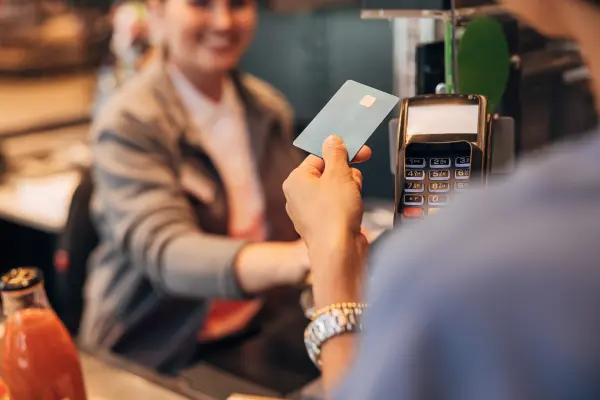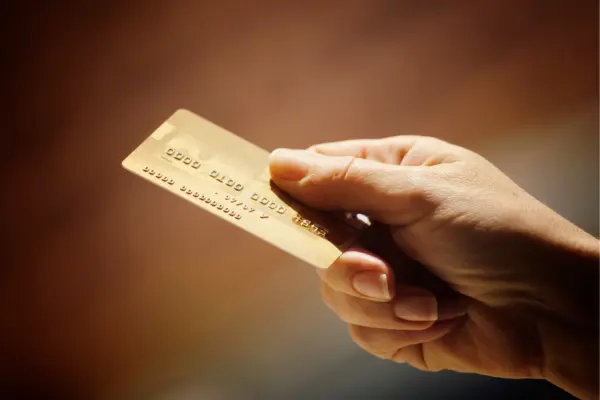Cartão de Crédito Pré-Pago
Preencha para Receber 📩 O Cartão de Crédito Pré-Pago se tornou uma das soluções financeiras mais inteligentes, simples e seguras…

Preencha para Receber 📩 O Cartão de Crédito Pré-Pago se tornou uma das soluções financeiras mais inteligentes, simples e seguras…

Preencha para Receber 📩 Quando falamos dos melhores cartões de crédito, muita gente pensa que “melhor” é aquele que dá…

Preencha para Receber 📩 O Cartão Santander SX se tornou um dos cartões de crédito mais procurados no Brasil porque…

Preencha para receber: Cartões de Crédito Online – Solicite Já com Aprovação Rápida Ver Cartões Disponíveis Processo Completo Benefícios Inclusos…

Cartão de Crédito Online Santander SX – Anuidade Zero e Benefícios Exclusivos Cartão de Crédito Online Santander SX: Livre de…

Cartão de Crédito Online Inter – Sem Anuidade e Cashback Garantido Cartão de Crédito Online Inter Solicite seu cartão de…

Nubank: Seu Cartão de Crédito Online Sem Complicações Nubank: Seu Cartão de Crédito Online Sem Complicações Descubra a revolução roxinha….

Preencha para receber: Cartão de Crédito: Veja Como Solicitar | Guia Completo 2025 Modalidades Disponíveis Roteiro Detalhado Vantagens ✓ Solicitação…

Cartões de Crédito Sem Anuidade: Melhores Opções 2025 Cartão de Crédito Livre de Taxas: Revolução Financeira Descubra os principais cartões…

Cartões de Crédito Online: Melhores Opções 2025 Cartão de Crédito Digital: Era da Inovação Financeira Descubra os principais cartões de…